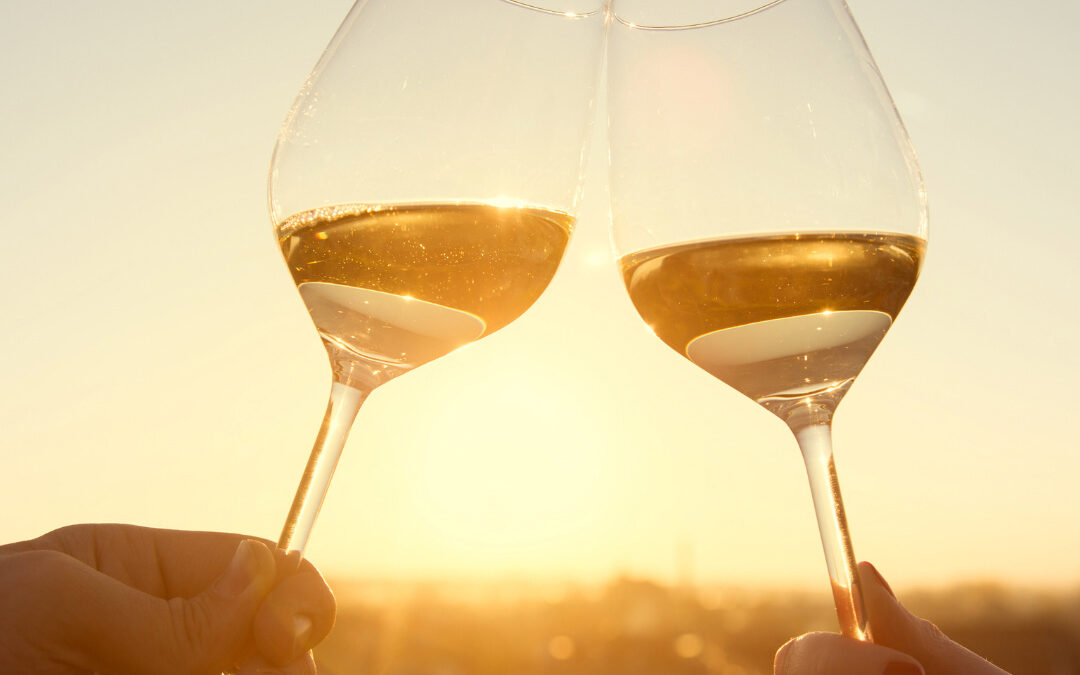There comes a point in the life of a wine connoisseur when the desire arises to cellar and mature prized bottles of wine, whether waiting for the ideal drinking window or to open in celebration of a special occasion, like an anniversary and a child’s college graduation.
Many wine connoisseurs are passionate about their collections, joining regional wine clubs and arranging their vacations around different wineries throughout the world. They often buy a bottle or case while the wine is young, then cellar it to reach an age-worthy maturity and value, at which point they are faced with the decision to sell the wine at auction or enjoy it.
As their collection grows, some wine connoisseurs cellar their bottles inside an established wine storage facility, while others have the capacity to safekeep bottles in a specially constructed wine cellar at home. In either case, it is critical for the wine to age well, so when the cork is pulled the flavor and aroma combine for a pleasant and memorable experience. If bottles are stored in substandard conditions, the wine is likely to spoil.
Other risks abound. For example, temperature variations can cause corks to expand and contract, causing the wine to oxidate and/or bottles to leak. Too much or too little moisture can result in mold contamination or cause corks to dry out. Direct sunlight and even incandescent lighting can alter the flavor of wine, as can vibrations in transit or the frequent relocation of bottles.
A well-designed home wine cellar and third-party wine storage facility reduce these risks, but hazards remain. Approximately 33 percent of wine & spirit insurance claims are based on an electrical breakdown or mechanical failure at homes and storage facilities, according to our internal claims’ analysis. For many clients, the emotional impact of spoiled wine often exceeds the financial loss, given the special occasion tied to the bottle.
To age wine, proper storage, temperature, and humidity are crucial concerns. The wine cellar or storage area needs to be dark most of the time to reduce the risk of UV contamination from direct sunlight. The ideal temperature for cellaring wine ranges between 55 to 65 degrees F, and relative humidity should range from 60 to 68 percent. Bottles intending to be opened while the wine is still relatively young, say within three to five years, tolerate temperatures towards the warmer end of the spectrum and humidity levels to the lower side of the range. Most important is to maintain a stable environment and climate, as fluctuations can cause the cork to expand and contract or dry out, resulting in seepage and oxidation.
In selecting a wine storage facility, the same safeguards must be in mind. Do not hesitate to ask the warehouse manager how temperature and humidity are controlled and monitored. Is anyone alerted to a fluctuation in climate? In the event of a power outage, is there a backup generator as a failsafe to maintain stable ambient conditions? Other prudent questions include local earthquake, windstorm, and fire risks, and the facility’s security, surveillance, and burglar alarm systems. Some insurers provide recommendations to wine storage facilities, having vetted their warehouses for risk mitigation.
The goal in all cases is peace of mind—knowing that when the time comes to pull the cork on a cherished bottle, the satisfactory flavor and aroma of a well-aged wine is enough cause for celebration. Santé!
Stephanie McNeil is Senior Fine Art & Collections Specialist, Chubb Personal Risk Services.
The opinions and positions expressed are the authors’ own and not those of Chubb. The information and/ or data provided herein is for informational purposes only and is not a substitute for professional advice. Insurance coverage is subject to the language of the policies as issued.
Source: https://news.na.chubb.com/blog-2021-10-11-Preserving-Financial-and-Emotional-Investments-in-Wine

